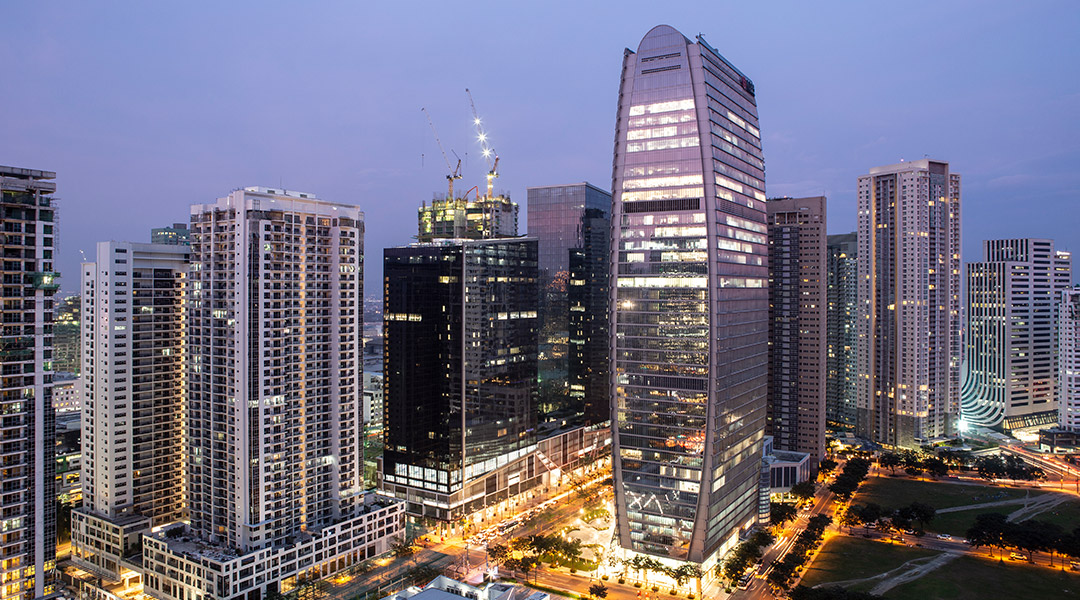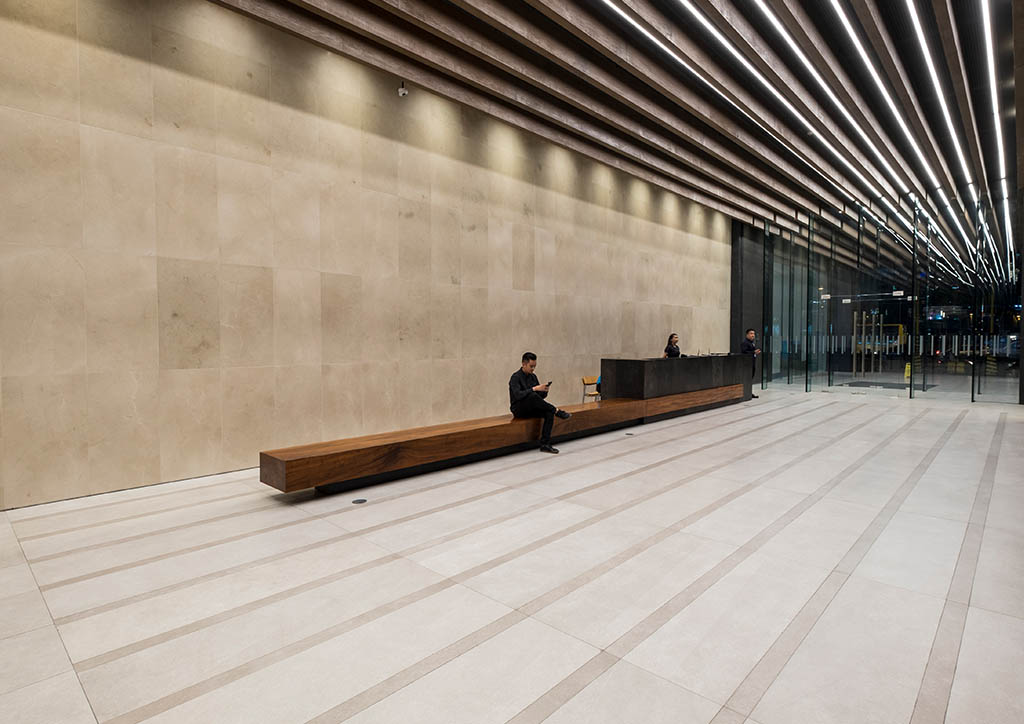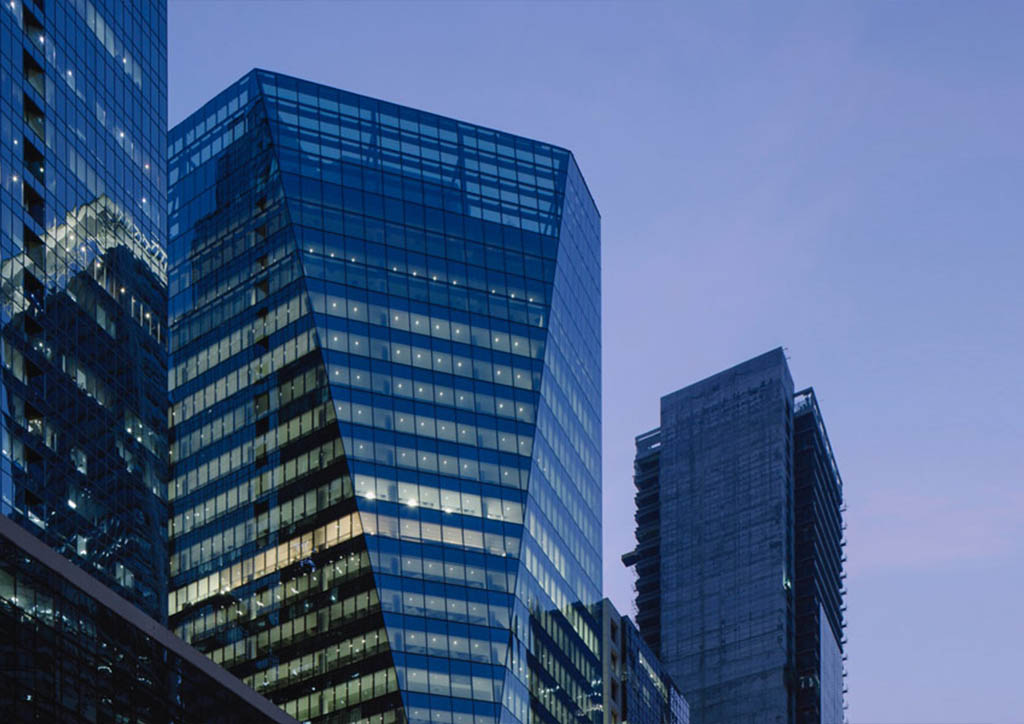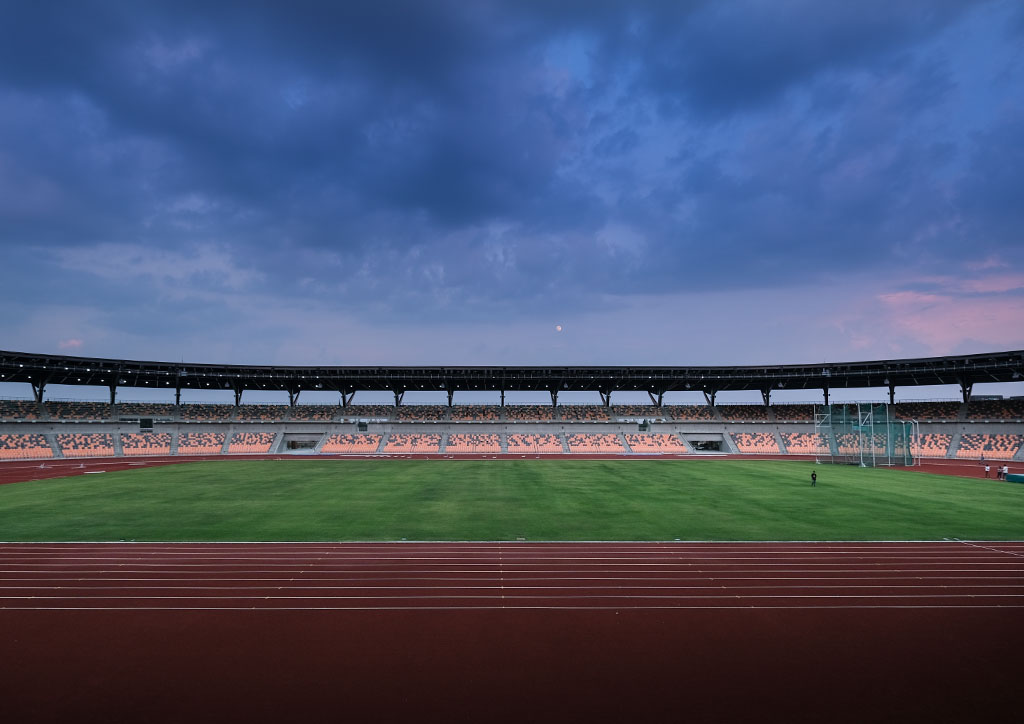
Design, design, design before Build, Build, Build
Getting architecture built is an incredibly complex act. We call architects ‘leaders’ and ‘conductors’ (a hackneyed metaphor) of this complex production when, in truth, they are at the mercy of so many uncontrollable circumstances. Good projects and good buildings are rare achievements these days, and considering the sum of what gets built at any given time in this country, good architecture is nothing short of a miraculous act.
The building boom of the past few years has yielded some miracles. There’s the Finance Center with its elliptic façade by Gensler; Menarco Tower, with its immaculate interiors by Anna Sy; and recently, the Nova Group’s NEX Tower, with its four-story lobby and 11-meter-high green walls, designed by SOM.


What they all have in common are committed developers who worked very closely with the architects and contractors. In the case of NEX Tower, the developer is the general contractor. It was a lot more work than contractors Ricardo Cuerva Senior and Junior were used to, but because they were also the developers, they controlled quality and hewed close to the vision they crafted together with the architects of SOM.
The vision that all three developers also shared was to create working environments where the tenants and their employees would be happy. That is a significant rise of the bar from ‘mere’ green certification, a jump that architects should always aspire to hurdle.

A few weeks ago, architect cousins JP, Carlo, and Ed Calma came out with news that they would develop and build their own projects through Calma Properties and MDCC, a construction firm owned by Pablito Calma, brother of Modernist pioneer Lor Calma. The move is intended to wrest as much control as possible over the projects they want to do. What other objectives could the cousins have but the pursuit of happiness? An architect’s happiness, at least, which means no compromises that sully design integrity.
Meanwhile, Budji+Royal Architecture+Design has been winning high profile projects and successfully dealing with tremendous pressure to deliver on skimpy budgets and abbreviated timelines—a challenge many designers both dream about and dread. Because the country’s rep is at stake, one wishes only for the best, but we also can’t help but wonder, “What if?” What if New Clark City had the budget to realize the architects’ undiluted vision? What if the decision-makers had made their decisions earlier and given the brave designers and builders more time to work on their craft with the care and attention to detail that stakeholders and the public deserve?

Here are some crazy what-ifs: What if the New Clark City’s Sports Complex were designed by athletes? What if its mall were designed by mothers? What if the city’s National Government Administration Center were designed to keep civil servants civil and honest?
What-ifs are not foolish questions to ask when designing. What-ifs provide a wellspring for empathetic, creative, and groundbreaking design solutions. Answering what-ifs enables us to reimagine the future.

The government’s colossal Build, Build, Build program reimagines the country and promises a transformed Philippines. More bridges, roads, airports, seaports, and railways will provide more jobs, lower the costs of production and the movement of people and goods, and encourage investments outside of Mega Manila. Dams and flood control projects will help protect vulnerable communities and build their resiliency.
The haste of the infrastructure spending bonanza, however, is not a little alarming. For this issue of BluPrint, Department of Public Works and Highways Secretary Mark Villar agreed to answer some tough questions by the ‘dragons’ of urban and environmental planning, Nathaniel Von Einsiedel and Lilia Casanova. Judging by their reactions to his fluid responses, they were impressed.

If Villar were to be believed, the DPWH is getting its mantra right: “Right Project, Right Cost, Right On Time.” We’d like to add another ‘right’ to that mantra, and that’s Right Design. Yes, we need more bridges, roads, airports, seaports, and railways. Yes, it is high time we build, build, build. But let us first design, design, design. Otherwise, so many more of us may suffer the blight of Manila that comes from growth without design.


